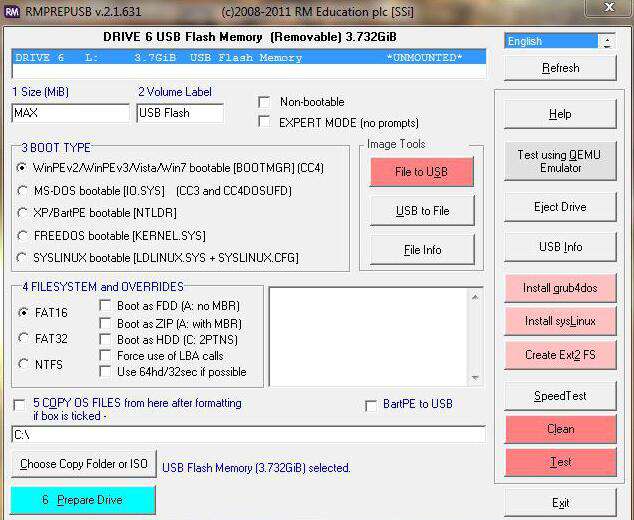
Provide a USB flash drive with a minimum of 8 GB storage capability.Download the Windows 10 ISO from VLSC, MSDN, or a trial version.In this section, I will describe how to create a Windows 10 bootable USB.ĭiskpart as it is part of Windows, and for me, it’s faster than using a GUI and is included in Windows 10.īefore you start, you need a USB flash drive with a minimum of 8 GB storage capability. How to create a Windows 10 bootable USB using Diskpart What is Diskpart?ĭiskpart is a command-line disk management tool that is included with Windows 10. The below advice works for all versions of Windows, including Windows Server. It does not mean you have to have Windows 10 installed.

In this blog post, I cover how to create a bootable USB flash drive using Diskpart. It is possible to use a tool such as Rufus, but I will also go through some other alternatives.

The main reason for creating a bootable USB is for reinstalling Windows 10, either via an image or creating a bootable ISO for SCCM.


 0 kommentar(er)
0 kommentar(er)
